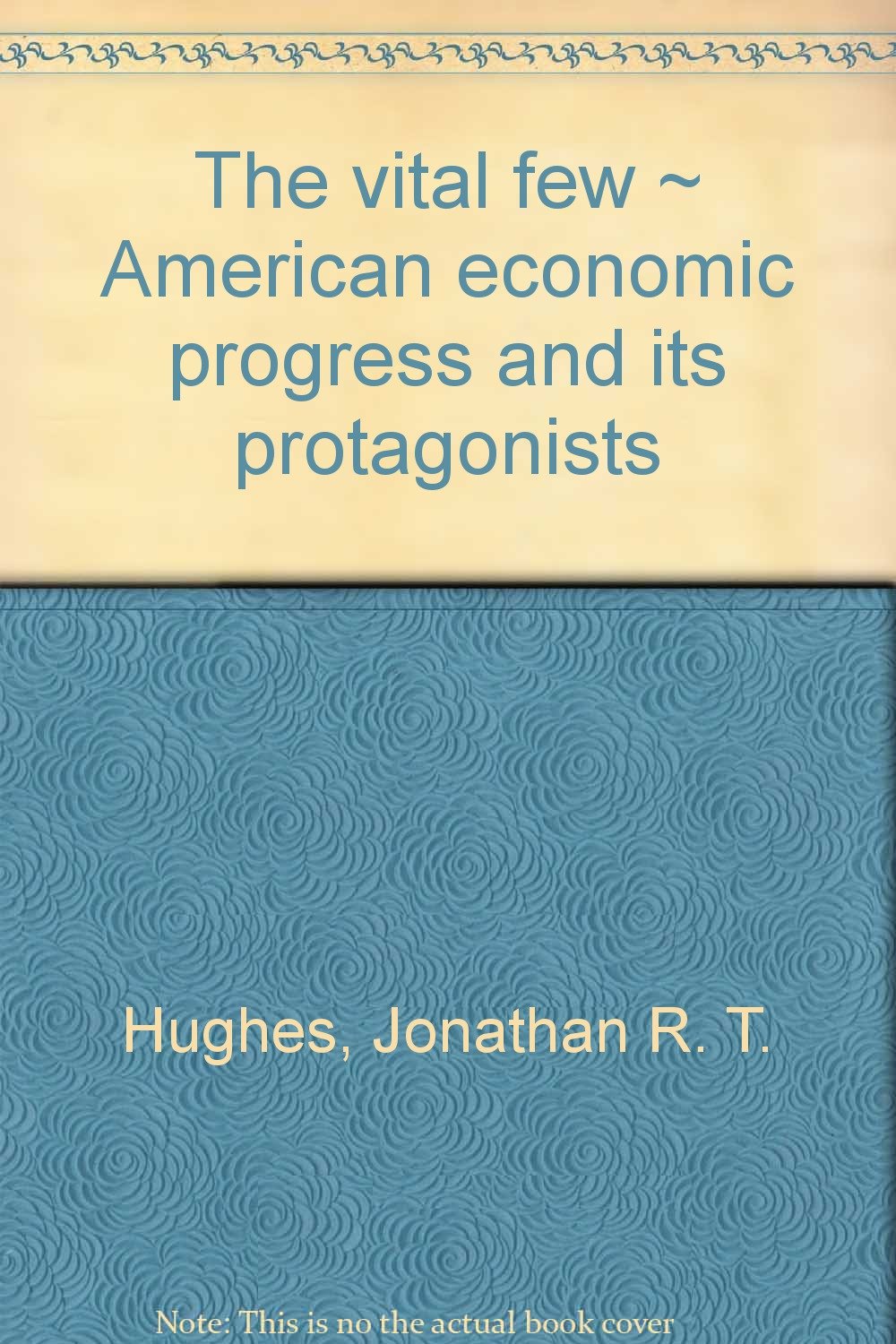Articles/Essays – Volume 01, No. 3
Brigham Young and the American Economy | Jonathan Hughes, The Vital Few: American Economic Progress and Its Protagonists
Jonathan Hughes has written a spritely book about those men, the vital few in American history, who have had a major impact on our economic growth. Brigham Young is selected as one of them. Hughes, an economic historian educated at Utah State, the University of Washington, and Oxford University and now teaching at Purdue, places Brigham Young along with William Penn, Eli Whitney, Thomas Edison, Andrew Carnegie, E. H. Harriman, and J. P. Morgan among the major protagonists in America’s economic progress. Hughes sees four types of men who generate economic growth — idealists (where Penn and Young are placed), inventors, innovators, and organizers. In Brigham’s case, however, all four types of characteristics are demonstrated. Such a simple classification is unconvincing. Hughes’s theoretical framework as stated in his introduction is only a rather inept justification for some stimulating economic biography. If he discarded his introduction, the book would be better off. Despite this serious flaw, the book is, I think, still well worth reading.
Hughes handles Brigham Young sympathetically and in general, accurately. Brigham Young is used as a focal point around which Hughes relates the history of the Saints. Young’s own portrait is merged into a general Mormon saga. The character of both leader and people is described as endowed with “an excessive dosage of Protestant ethic.” Perhaps this is not inaccurate, for in many ways the Mormons are the last Puritans left on our continent. And, as Hughes says, “our history reveals no hardier people.” Even Young’s much maligned family life is treated gently by saying that “to worry his married life is like deploring Joe Louis’s golf game.” The final movement to Salt Lake Valley was just “another of what was to be a long succession of pioneering masterpieces.” Hughes sums up Brigham Young and the Mormons’ place in history by acknowledging that, “without the Mormons’ passionate — even fanatical — religious beliefs, the Great Basin would not have been settled as it was.” Hunghes’s argument that, “to the skeptical modern mind, the story [of the first vision] hardly bears close scrutiny but, then, to the skeptical mind what religion does?” may offend the LDS reader accustomed to the Improvement Era. Nonetheless, it is as sympathetic a reading as the national scholarly community is likely to give.
The case for placing Brigham Young among the makers of American economic history is not new to most Mormons, particularly after Leonard Arrington’s magnum opus, The Great Basin Kingdom. What is more interesting is the fact that it is an economic historian who enlarges the Mormon experience beyond a paragraph or just a footnote in American History. Is it only in economic history that the Mormon saga will be given a major part by historians? If so, the Latter-day Saints have no one to blame but themselves. For up to now only Arrington has produced a significant scholarly study of Mormon history meriting attention outside the Church. The fact that Arrington’s work is economic history — not social, political, religious or intellectual history — may well explain why scholars in other fields have given so little attention to the Church’s part in our national development. Church scholars have their work cut out for them.
The theoretical structure of the book owes much to Carlyle’s great man approach to history and to Schumpeter’s thesis that entrepreneurs are the movers of economic history. Coming from Hughes this Carlyle-Schumpeterian interpretation is rather a surprise; for in my mind he has been associated with the “new” and controversial quantitative approach to economic history — at least judging from his co-authorship with Lance Davis and D. M. McDougall of a major American economic history text. Certainly, there is no way of fully testing Hughes’s implicit thesis that it is the hero in history, whether entrepreneur or not, who makes the wheels go around and directs the course of human destiny. Doubtless there is merit in this approach. In fact, it is refreshing to find a literate and interesting book by a reputable scholar calling attention to the key role that individual men play in history, particularly when so many economic historians nowadays refuse to acknowledge anything if it cannot be measured.
Hughes has not intended to write a profound study of Brigham Young’s character — that work remains to be written. Hopefully, it will be written soon, before his personality passes permanently into mythology — as that of so many historical figures such as Washington and Lincoln have already done. What the author has succeeded in doing is to remind us in a delightful way of the important role that men have played in our economic history. Personality will have to be fitted into the economist’s model for economic growth. In this perspective Brigham Young takes his rightful place in American economic history.
The Vital Few: American Economic Progress and Its Protagonists. By Jonathan Hughes. Boston: Houghton Mifflin Co., 1966. vi + 504 pp. $6.95.


 Back to full Issue
Back to full Issue

